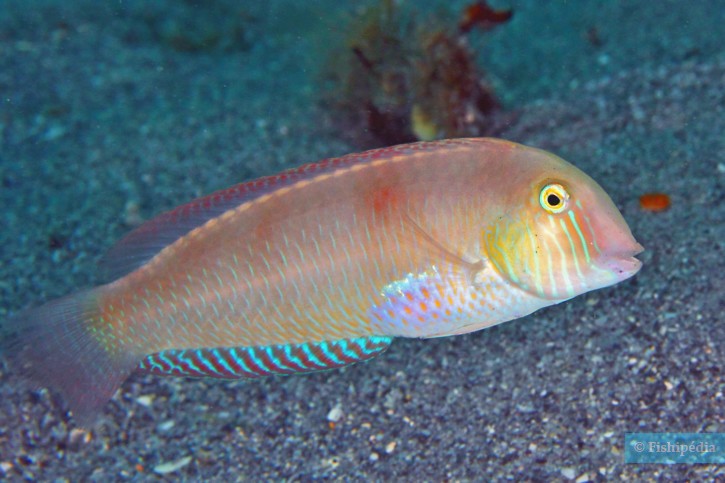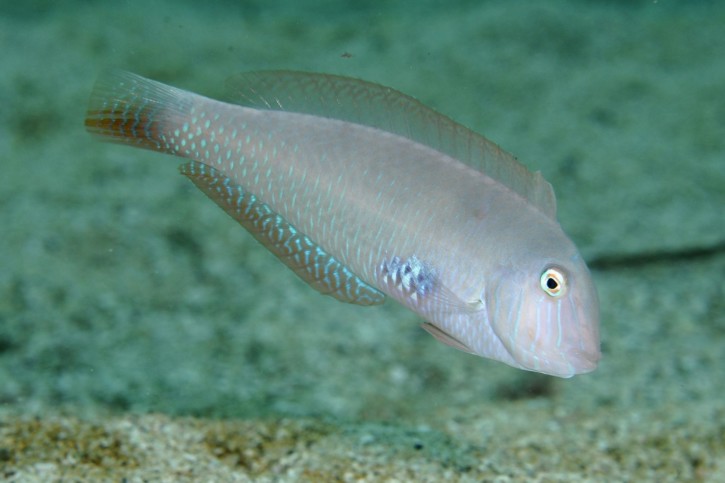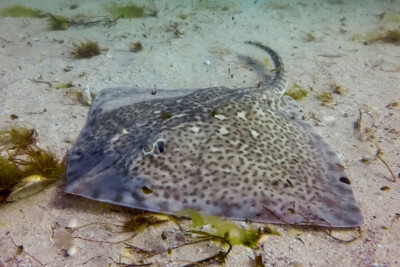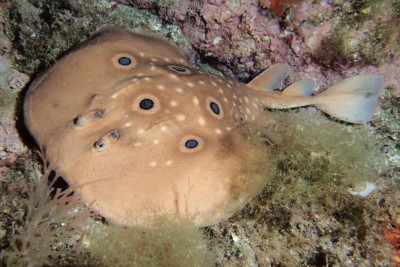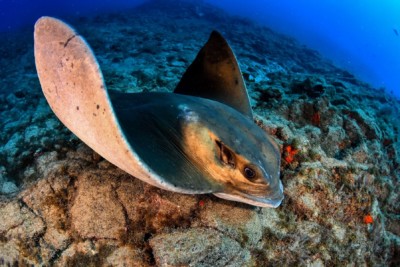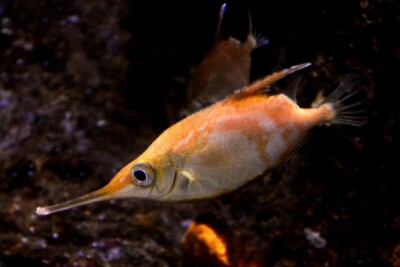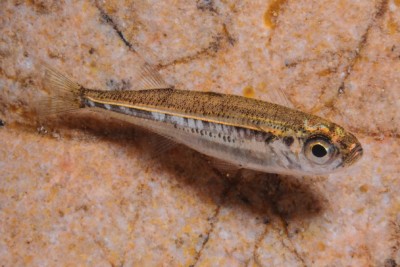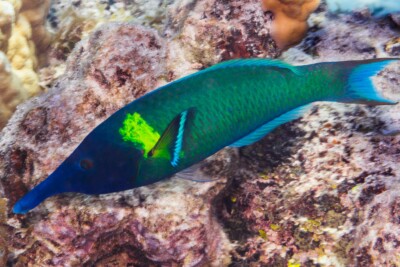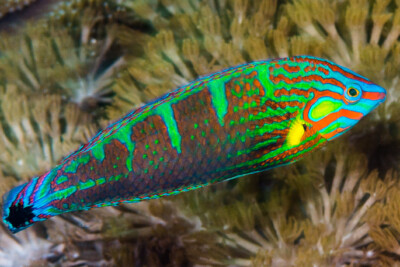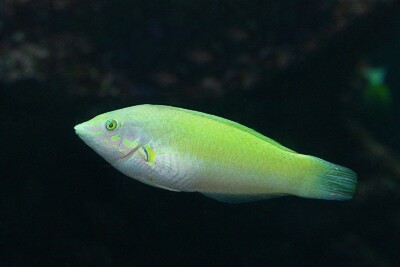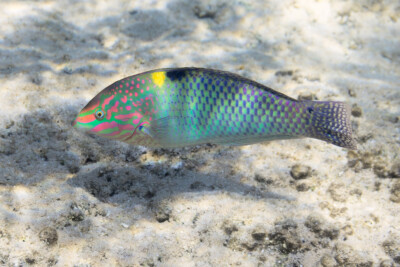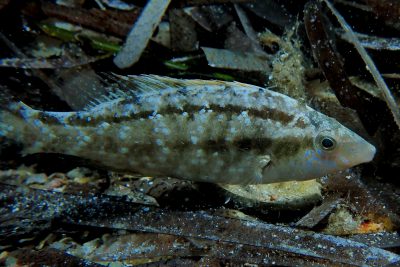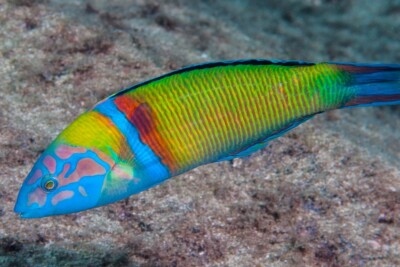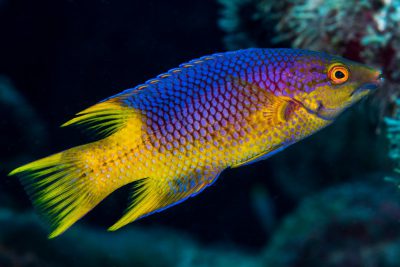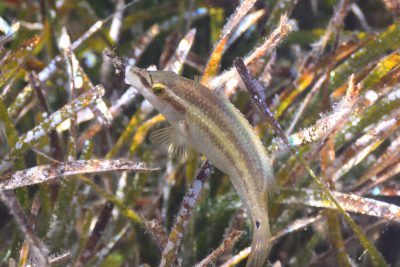cleaver wrasse
| Scientific name | Xyrichtys novacula |
|---|---|
| Descriptor | Linnaeus |
| Year of description | 1758 |
| IUCN category (World) | LC |
| Family | Labridae |
| Genus | Xyrichtys |
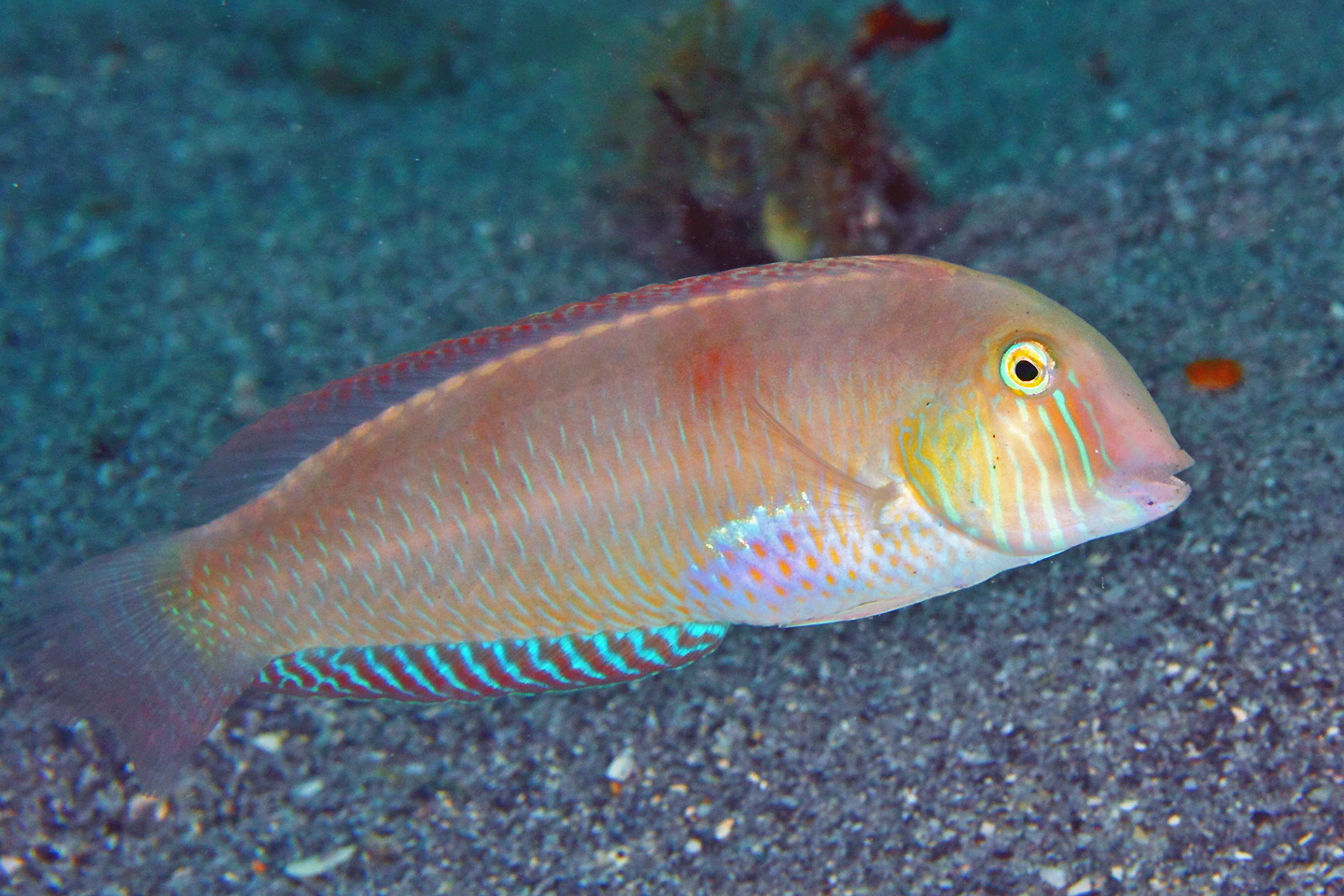

Introduction
Xyrichtys novacula, commonly known as the "cleaver wrasse", is a marine fish found in a large part of the tropical and subtropical Atlantic Ocean. It is also common in the Mediterranean Sea and the Caribbean.
Who is it?
Morphology
-
Type
-
Average size18 cm
-
Maximum size25 cm
-
Longevity15 year
-
Patternponctuations
-
Type
-
Average size18 cm
-
Maximum size25 cm
-
Longevity15 year
-
Patternponctuations
How to recognize This fish ?
Like other wrasses, the body is elongated and the head is flat. The fins and body are always very colorful.
This species goes through at least four phases. Young females are pinkish, with a red spot underneath. Fine yellow vertical stripes are visible on the scales, as well as a pearly white spot under the pectoral fin. The anal and caudal fins are yellow with light blue stripes.
Older females are pink to reddish, with a yellowish head. Light blue vertical stripes are visible on the body, anal and caudal fins, and the white spot is still present.
Next comes a transition phase to the other sex. During this period, the body and head turn purple, the back becomes reddish. The dorsal fin is orange, with purple vertical stripes. The anal and caudal fins are pink with blue stripes. A purple-red spot is visible near the anal area.
Males change color, with a green body and head, darker on the back, and rather yellowish to green on the sides. Blue stripes are visible on the scales. These are also streaked with violet. The dorsal fin is orange, the anal and caudal fins are orange to yellow with, as always, blue stripes.
Sexual dimorphism
In addition to the previously presented differences, the adult male is larger than the female.
Behaviour & Life cycle
-
dietcarnivorous
-
Male sociabilitysolitary
-
Female sociabilitysolitary
-
territorialYes
-
Way of livingdiurnal
The cleaver wrasse is a solitary fish that naturally resides near sandy bottoms. It is a lively fish capable of literally diving into the sand when approached by a predator, or a too curious diver.
The larger males are territorial and build nests, sometimes using coral debris. Adults mainly hunt mollusks but can supplement this diet with shrimp and various other crustaceans. This species is diurnal, male and female have a sedentary lifestyle throughout their lives.
Reproduction
-
Reproductionovipare qui pond sur substrat découvert
-
Hermaphroditeprotogynous
Dominant males establish territories that they protect from their peers. They drive away these peers but also protect females living in their territory from mating attempts by competitors. They build nests and attract females through a courtship display.
Harmless species
This species poses no particular danger to humans in case of encounters in its natural environment.
Origin and distribution

Geographic distribution & Conservation
This species seems particularly abundant and is not the target of specific fishing in most of its distribution range.
Conservation status of populations (IUCN)
What is its habitat?
Natural environment characteristics
-
Depth1 - 90 m
Biotope presentation
In the Mediterranean Sea, cleaver wrasses are encountered between a few meters deep and fifty meters. In other regions, observations have been made up to 90 meters.
These fish never live far from rocky areas, seagrass beds, or coral reefs. However, they are tied to sandy substrates, where they establish their territories.
Species of the same biotope
To go further
Sources & Contributions
Participation & Validation
The Fishipedia team and specialist contributors are committed to providing high-quality content. However, although the information comes from scientific sources or testimonials from specialists, the cards may contain inaccuracies.
Translation
Translation done with the valuable contribution of our translators, who make this information available to a wider audience. We sincerely thank them for their commitment.
Bibliographic references
XYRICHTYS HALSTEADI, A NEW LABRID FISH FROM THE CENTRAL AND WESTERN PACIFIC - J.E. Randall - Phillip S. Lobel - BULLETIN OF MARINE SCIENCE, - 2003.
XYRICHTYS KOTEAMEA, A NEW RAZORFISH (PERCIFORMES: LABRIDAE) FROM EASTER ISLAND - J.E. Randall - GERALD R. ALLEN - THE RAFFLES BULLETIN OF ZOOLOGY - 2004.
Xyrichtys trivittatus, a New Species of Razorfish (Perciformes: Labridae) from Hong Kong and Taiwan - J.E. Randall - Andrew S. Cornish - Zoological Studies - 2000.
Growth and reproduction of Xyrichthys novacula(Pisces: Labridae) in the Mediterranean Sea - M. CARDINALE - F. COLLOCA - G.D. ARDIZZONE - Scientia marina - 1998.
Scientific partners
Tags
#Labridae
#Xyrichtys
#fonds sablonneux
#fonds vaseux
#Wrasse fish
#Caribbean Sea
#Mediterranean Sea
#Atlantic Ocean: North Coast of Brazil
#Océan Atlantique Est Afrique - Golfe de guinée
#Temperate Eastern Atlantic Ocean
#Océan Atlantique Est Afrique - Transition & Cap Vert
#Gough Island
#Saint Helena
#Southwest warm temperate Atlantic Ocean
#Eastern tropical Atlantic Ocean
#Southwest Tropical Atlantic Ocean
#Corsica
#Canary Islands
#Sardinia
#Sicily
Species of the same family
Species of the same biotope
